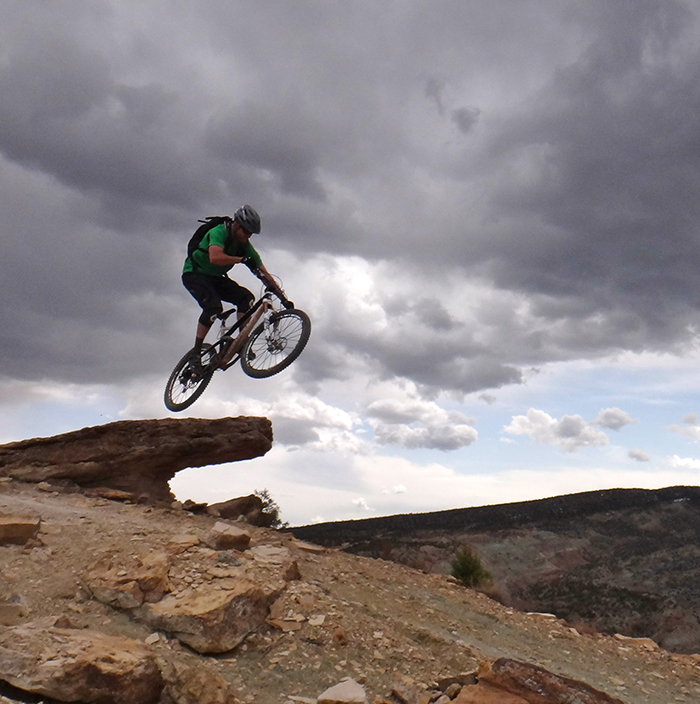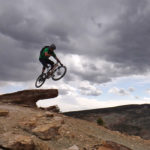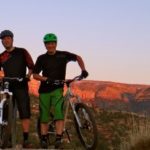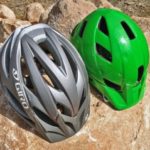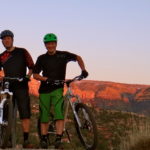Southwest Mountain Biking Trip: Sedona, Moab, Fruita, and Grand Junction
The idea of this trip hatched last December when the impending reality of Seattle’s gloom and rain began to really set in. Sure, the snow had been great that month, but anyone living in Seattle knows that the Pacific Northwest leaves its residents starving for Vitamin D come March. Rather than investing in sun lamps, RMI General Counsel Phong Duong and I (RMI Director of Field Services) decided to head south for a week of mountain biking in Sedona, Moab, Fruita, and Grand Junction. We recruited some friends, set the date, and did what any decent adventurer does for the next three months: talk about how awesome the trip is going to be.
Our friend Scott and I flew into Phoenix early Friday evening. Phong picked us up and brought us to the campsite he had been staying at for a few days before our arrival. As we walked out of the airport it was literally was raining harder than I have ever seen it rain in Seattle, and the temperature was about forty-five degrees. Considering that we were heading to Sedona, which is approximately 3,000 feet higher in elevation, our hopes of a warm and sunny mountain bike trip were quickly dashed. Fortunately, we were prepared.
Our checklist for a day of riding included appropriate clothing for a very unpredictable desert, plenty of food and water, a group first aid kit, helmets and protective gear, bike-fixing materials, maps, and a plan for where we would be riding that day. Our group of six rode at a pretty even pace, so most rides were done together. In the couple instances where we split up, we always headed out with at least one other person, and the rest of the group would know where we were going. We made sure to discuss what to do if someone got injured and what our communication and evacuation options were for each place we rode.
We all survived the first couple days of wet and snowy desert riding unscathed. However, in the following days, as the sun dried the trails, our aggressiveness (or maybe just our clumsiness) seemed to increase. Scott was the first victim. Dropping in over a steep rocky ledge, his front wheel stopped dead and sent him flying over the handlebars, landing first on his head, followed by the bike landing on top of him. He was shook up but seemed okay. The helmet had done its job and was destroyed. We assessed him and had fun testing his memory the rest of the day to make sure he didn’t have a head injury.

In addition to these falls, there were several other incidents resulting in minor abrasions, cuts, and scrapes. Phong suffered a pretty gnarly looking laceration down his forearm after falling over on a climb. All were treated with standard wound management techniques and none proved severe enough to keep us from riding the following day.
We had a fantastic trip and will likely try to make it an annual outing. Still, the close calls I experienced and saw, and even the minor injuries can be quite scary. I’m never going to give up on taking the risks that I do, but I can say that being prepared and having a plan in place in the event something does go wrong is crucial to alleviating some of the inherent risk. Also, being in the business that I’m in, I’m almost always taking those risks with an EMT or paramedic by my side and that certainly doesn’t hurt either.
